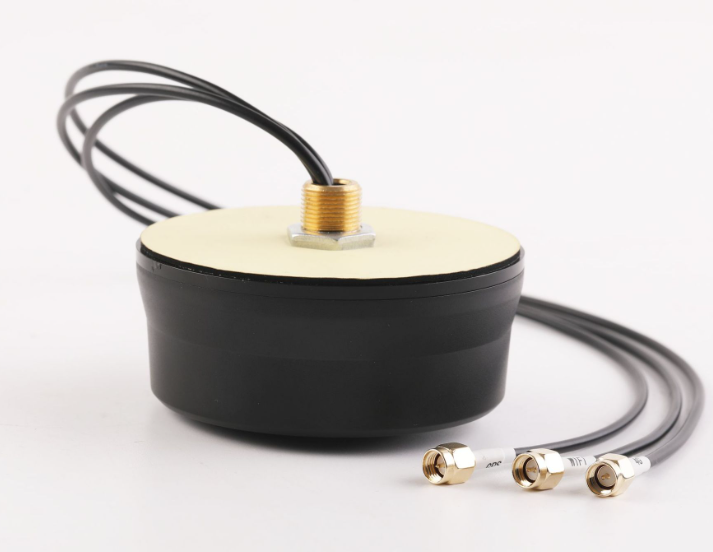Gps antenna height
With the popularization of Global Positioning system (GPS) technology, GPS has become an indispensable part of our daily life. GPS technology plays an important role in navigation, logistics and transportation, as well as scientific research. In GPS system, as a key part of the received signal, the performance of antenna has a direct impact on positioning accuracy, and antenna height is one of the important factors affecting the performance of GPS. This paper will discuss the influence of GPS antenna height on positioning accuracy, and how to improve GPS positioning accuracy by optimizing antenna height.

Influence of GPS Antenna height on Positioning accuracy
In the process of GPS positioning, the transmission of signals from satellite to receiver will be affected by many factors, including atmospheric conditions, topography, buildings and so on. As an important parameter of the receiver, antenna height has a significant impact on the accuracy of GPS positioning.
1. Signal strength: when the antenna height is low, the received GPS signal may be blocked by the surrounding environment (such as buildings, trees, etc.), resulting in the weakening of the signal strength, thus affecting the positioning accuracy and improving the antenna height, which can effectively reduce the environmental occlusion, enhance the signal strength and improve the positioning accuracy.
2. Multipath effect: the multipath effect refers to the phenomenon that the GPS signal is received by the GPS antenna after it is reflected by the ground or obstacles. When the antenna height is low, it is more likely to be affected by the multipath effect, resulting in positioning error, increasing the antenna height, and reducing the multipath effect.
3. Satellite distribution: the antenna height also has a certain influence on the number and distribution of visible satellites. At a lower antenna height, the number of visible satellites may decrease due to the occlusion of the surrounding environment, thus affecting the positioning accuracy and increasing the antenna height. The range of visible satellites can be expanded and the positioning accuracy can be improved.
Strategy of optimizing GPS Antenna height
In order to obtain higher GPS positioning accuracy, we need to reasonably select and adjust the antenna height according to the actual application scenarios and environmental conditions. Here are some strategies to optimize the GPS antenna height:
1. Outdoor applications: in the outdoor environment, in order to improve the reception quality of GPS signals, the antenna height should be increased as much as possible, and better positioning results can be obtained by installing the antenna in a higher position (such as the roof).
2, indoor application: in the indoor environment, due to the existence of buildings, walls and other shielding objects, the GPS signal is weak, you can adjust the height and position of the antenna to find the best signal receiving point, you can try to place the antenna near the window or balcony to improve the signal strength.
3. Vehicle application: in the vehicle GPS system, the antenna height is also limited by the vehicle height. In order to obtain better positioning accuracy, we can choose the antenna with high sensitivity and keep the antenna close to the top of the vehicle as far as possible.
4. Specific application scenarios: in some specific application scenarios (such as UAV, aerospace, etc.), the antenna height needs to be reasonably selected according to the height of the equipment and the surrounding environment. Other technologies (such as differential positioning, real-time dynamic positioning, etc.) can also be used to improve positioning accuracy.
Case analysis
In order to better illustrate the influence of GPS antenna height on positioning accuracy, we cite a practical case. In a logistics and transportation company, in order to improve the vehicle positioning accuracy, the company chose the GPS antenna with high sensitivity, and adjusted the antenna height to the top of the vehicle. After the actual test, the positioning accuracy of the adjusted GPS system has been significantly improved, effectively reducing the error in the transportation process.
By analyzing the influence of GPS antenna height on positioning accuracy, this paper discusses how to improve GPS positioning accuracy by optimizing antenna height. The experimental results show that reasonable selection and adjustment of antenna height can effectively improve GPS positioning accuracy. In practical application, we need to select appropriate antenna height and type according to specific scenes and environmental conditions to obtain the best positioning effect.





